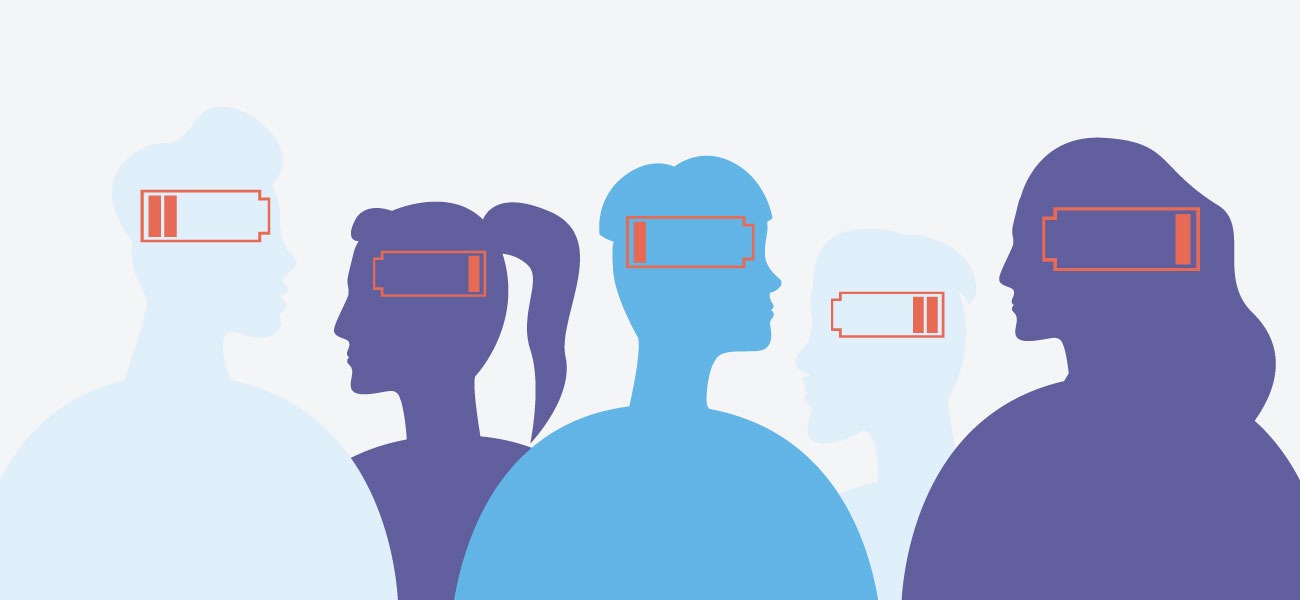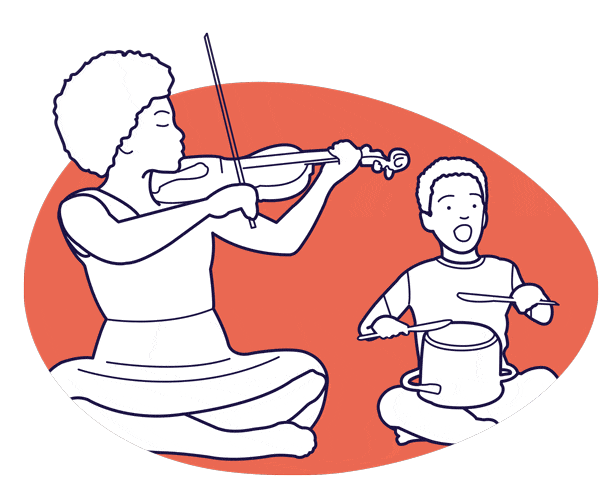nowly is a division of Teachers Life Insurance Society (Fraternal) (“Teachers Life” or “we”) nowly is a division of Teachers Life Insurance Society (Fraternal) (“Teachers Life” or “we”) which sells life, and accident and sickness insurance. All benefits are provided, and all policies are underwritten, by Teachers Life. nowly, Teachers Life and all trademarks used on this website are owned or licensed by Teachers Life. All rights are reserved. nowly products and services are available to residents of Canada in all provinces and territories, except Québec. Quotes are intended as an estimate only and are not guaranteed to be accurate. Your actual policy terms, including your premiums and coverage details may be different from the quote you receive, and, in some cases, we may have to review your application and ask for additional information. “Instant Coverage Now” is based on what most applicants may experience. It might take longer to be approved depending on the information you provide in your application, and you might not be approved for any coverage. Our 30-day money back refers to our 30-day free look period where you can cancel your policy and receive a full refund 30 days from the date of delivery of your policy or within 60 days after the date the policy is issued, whichever is earlier. You can cancel your insurance contract by notifying us in writing within the free look period that you wish to cancel. Always refer to your policy for the most detailed and accurate information about your coverage, including limits and exclusions. Your insurance policy will always prevail if there’s ever a conflict with the information found on this website or other materials or communications we provide to you. We reserve the right to change, remove or cancel any of the products, services, or member benefits on our websites at any time, without notice to you. For details about the benefits of being a member and your eligibility for member benefits, please read our Terms of Use. By using this website, you accept and agree to our website terms of use. Please contact nowly at help@nowly.ca or call: 416-620-1607 or Toll Free: 1-844-667-5433 if you have any questions. If you’re a nowly member, you can log in to the member portal at: members.nowly.ca if you have any questions.
Mental health is a key part of overall well-being, but the changing seasons can throw a serious curveball at your mood and energy levels. Seasonal Affective Disorder (SAD) is a real thing, and if you've ever felt inexplicably down when the days get shorter (or even when access to light sources change during any season), you're not alone. Whether you're hard at work, managing relationships, or just trying to keep up with life, understanding SAD and knowing where to find support can make a huge difference.

What is Seasonal Affective Disorder (SAD)?
SAD is a type of depression that hits at the same time every year—most commonly in fall and winter, when sunlight exposure drops. Some people also experience summer SAD, though it's less common. The culprit? Disruptions in your body's internal clock, changes in serotonin levels, and a drop in vitamin D, all of which can lead to low energy, mood swings, and difficulty concentrating.
Signs You Might Have SAD
SAD isn’t just “winter blues” or a temporary slump. Symptoms can be serious and include:
- Persistent low mood or feelings of hopelessness
- Lack of interest in activities you normally enjoy
- Fatigue and sluggishness
- Sleeping too much (or, for summer SAD, not enough)
- Changes in appetite—craving carbs and gaining weight (winter SAD) or losing your appetite (summer SAD)
- Difficulty concentrating
- Feeling more irritable or anxious than usual
If these symptoms sound familiar and recur seasonally, it might be time to explore ways to cope.

How to Manage SAD and Boost Your Mental Health
While you can’t control the seasons, there are plenty of ways to counteract SAD’s effects and take charge of your mental well-being.
1. Light Therapy
Since lack of sunlight is a major trigger, light therapy can help. Special light therapy lamps mimic natural sunlight and can regulate mood-related hormones. Using one for about 20-30 minutes in the morning can make a big difference.
2. Get Outside Whenever Possible
Even on cloudy days, natural light exposure is beneficial. Take a quick walk during lunch, sit by a sunny window, or incorporate outdoor activities into your routine.
3. Stay Active
Exercise boosts serotonin and endorphins, which can combat SAD symptoms. You don’t need to become a gym rat—yoga, dance classes, or even daily walks work.
4. Prioritize Nutrition
Your diet affects your mood. Eat foods rich in vitamin D, omega-3s, and whole grains while cutting back on excessive sugar and processed foods.
5. Try Cognitive Behavioral Therapy (CBT)
CBT is an effective therapy for depression, including SAD. Online resources and mental health apps can help you develop strategies to reframe negative thinking patterns.
6. Maintain a Consistent Sleep Schedule
SAD can mess with your circadian rhythm, making it harder to wake up and feel energized. Stick to a regular sleep schedule and consider using a sunrise alarm clock to wake up naturally.
7. Practice Mindfulness & Meditation
Mindfulness exercises, breathing techniques, and guided meditation can help reduce stress and improve focus. Apps like Headspace and Calm offer easy ways to start.

Mental Health Resources in Canada
If you’re struggling with SAD or general mental health challenges, these Canadian resources can help:
- MindBeacon: Online therapy, including CBT programs.
- BounceBack (CMHA): Free guided self-help for managing low mood and stress.
- Wellness Together Canada: Free virtual mental health resources and counseling.
- Kids Help Phone (for young adults too!): 24/7 chat and phone support.
- Jack.org: Youth-led mental health initiatives and peer support.
- Unsinkable: A community-driven platform focused on mental health storytelling and support.

When to Seek Professional Help
If SAD or any other mental health condition is seriously affecting your daily life, it’s important to seek professional help. A doctor or therapist can guide you through treatment options, including medication, therapy, or lifestyle changes tailored to your needs.

Take Care of Yourself All Year Long
Whether it’s SAD or just life getting overwhelming, prioritizing mental health is crucial. Small changes in routine, awareness of symptoms, and reaching out for support when needed can help you navigate seasonal mood shifts and maintain balance all year long.
If you think you might have SAD, consider speaking with a healthcare professional to explore the best approach for you. You don’t have to go through this alone—help is out there, and prioritizing mental well-being is one of the best investments you can make in yourself.
nowly / Teachers Life is an insurance company. While we care deeply about mental health, we are not medical professionals. If you are facing a medical or mental health emergency, please inform your local emergency services. Always consult your healthcare provider before starting any medical or wellness program.
*Resources:
1.) https://bc.cmha.ca/documents/seasonal-affective-disorder-2/
2.) https://www.psychologytoday.com/us/blog/a-deeper-wellness/202405/understanding-and-managing-summer-sad?msockid=2ccf7513333e607604c06089321b61a1












